
Osteochondrosis is a chronic disease of various parts of the spine, in which degenerative and dystrophic changes occur on the intervertebral discs. Men between the ages of 25 and 60 are more likely to suffer from this disease. The disease is typical for both young and older people. Women get sick less often and their symptoms are not so obvious. In the initial stage of the disease, it is possible to achieve stable remission and get rid of pain and discomfort for many years.
What are the types of osteochondrosis by localization
Classification of osteochondrosis of the spine has many forms and criteria. They differ in the location of the affected part and the severity. All types of osteochondrosis are pathologies that are filled with destructive changes in cartilage and connective tissue.
The most common and understandable to a simple layman, far from medicine, is the classification according to the localization of the lesion:
- Cervical osteochondrosis - is characterized by syndromes of occipital, cervical and interscapular pain. In the last decade, this disease has been increasingly diagnosed in young people.
- Osteochondrosis of the thoracic spine is very rare, because there are more discs than the cervical and lumbar combined, the discs are smaller and thinner. Part of the load is taken by the ribs. Therefore, degenerative and dystrophic changes rarely occur on the intervertebral discs of the thoracic spine.
- Lumbar osteochondrosis often occurs in people over the age of forty from an inactive and inactive lifestyle. It is characterized by severe back pain, pinching of nerves and arteries of the abdominal organs and numerous concomitant diagnoses of internal organs.
Stages of the disease
Depending on the speed of flow, the degree of degenerative changes, the manifestation of symptoms, four stages of the disease can be distinguished:
- The initial stage is characterized by symptom instability. The patient is not yet in severe pain. Occasionally, "shooting" pains in the affected back area are possible.
- The second phase is characterized by a significant deterioration of the vertebral interaction due to the progression of degenerative processes on the intervertebral discs. The development of the disease at this stage is caused by improper physical activity, sedentary and sedentary lifestyle.
- In the third phase, intervertebral hernias can begin to develop (some patients will go through this fate). In some cases, there is severe back pain. Concomitant diagnoses develop, which in one way or another affect all bodily systems. Symptoms vary depending on the location of the hernia and the location of the chondrosis.
- The fourth phase is the most difficult. The patient is unable to lead a fulfilled lifestyle and enjoy freedom of movement. Almost all positions occupied by the body bring acute pain at the site of localization of osteochondrosis. At this stage, we can discuss naming the disability to the patient.
Causes
Osteochondrosis brings a lot of suffering, worsens the quality of life, can lead to complete or partial immobilization of the patient and disability. What are the reasons for the appearance of this disease? They are as follows:
- Sedentary lifestyle, static sitting or lying in one position. Muscles atrophy, vertebrae wear cartilage and discs to each other. This process can take years, but will inevitably lead to osteochondrosis.
- Modern boys and girls go to the gym and perform exercises with weights and dumbbells, the incorrect performance of which leads to chronic diseases of the spine. For example, the wrong technique of performing the "weight squat" exercise has presented surgeons and orthopedists to tens of thousands of young patients with acute osteochondrosis and scoliosis.
- Also at risk are people who, due to their professional activities, have to sit at a table in one position for several hours in a row. According to WHO statistics, it is the employees in the office who make up the largest proportion of patients with osteochondrosis.
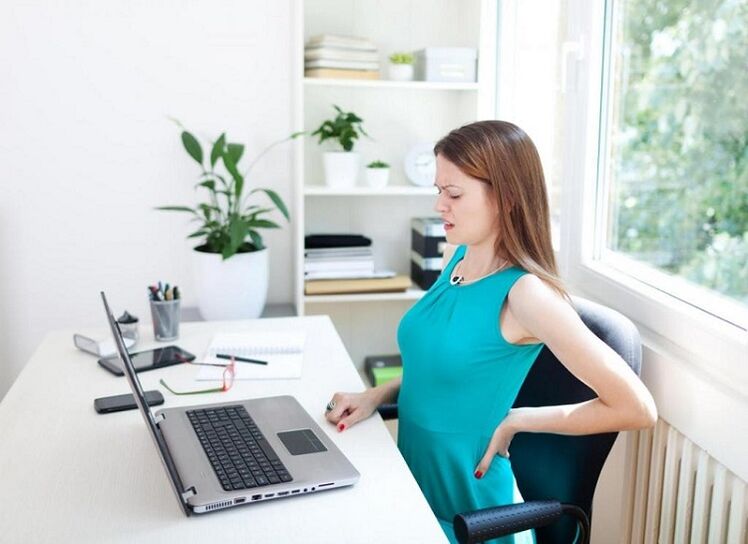
The main symptoms of cervical osteochondrosis
The vertebrae of the cervical spine gradually lose fluid and become brittle. As a result of this process, veins and arteries are constricted. The nutrition of the brain is disturbed, and then the death of its cells. Cervical osteochondrosis has a maximum negative effect on the part of the brain that is responsible for the activity of the heart muscle. The optic or auditory nerve is often compressed, resulting in vision loss and hearing damage.
Types of cervical osteochondrosis:
- radicular, or so-called "cervical radiculitis" - characterized primarily by severe pain in the back of the head, neck, head;
- irritative reflex - discomfort in the chest, back, numbness of the fingers;
- cardiac, which is characterized by symptoms of cardiovascular disease.
Only an orthopedic surgeon or surgeon can make an accurate diagnosis. Regardless of the type of cervical osteochondrosis, the treatment will be almost identical.
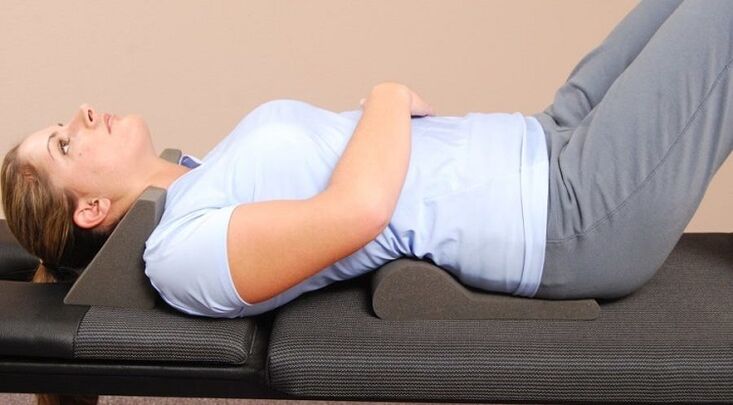
The main symptoms of osteochondrosis of the thoracic spine
The rarest type of disease. Symptoms of osteochondrosis of the thoracic spine are characteristic of many other diseases. An inexperienced doctor can often diagnose arrhythmias, angina pectoris, cardiomyopathy (in anticipation of ECG results), pancreatitis, or even gastritis. Only an experienced orthopedist or spinal surgeon can provide accurate information on the type of thoracic osteochondrosis.
With a pronounced pathological process, there is a disturbance in the work of parts of the spinal cord. The main signs of osteochondrosis of the thoracic spine:
- Dorsago - sharp, unbearable chest pain, feeling of difficulty breathing, the patient seems to be choking or the pulse is not right.
- Dorsalgia - the patient has less discomfort than the back. The pain is less pronounced and radiates to the hands, fingers (therefore doctors often confuse the symptoms with diseases of the cardiovascular system).
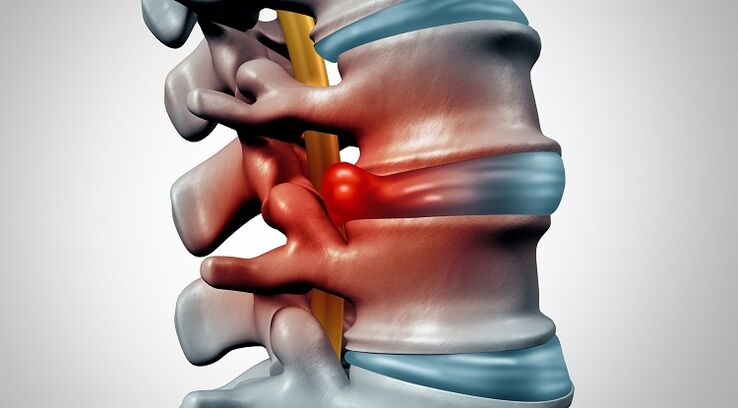
Symptoms and consequences of lumbar osteochondrosis
The most common type of osteochondrosis is the lumbar spine. This is due to the fact that the lower back experiences the most stress in everyday life.
In the first stage, the main symptom is a slight stretching of the lower back. People rarely attach importance to such mild ailments. As the intervertebral discs wear out, so do the negative symptoms. The patient, in particular, can no longer lie down or sit in one position for a long time due to pain.
In the third or fourth stage of osteochondrosis of the lumbar spine there are:
- lumbago - sharp and sudden pain, which may result in partial immobilization of the patient;
- sciatica - unilateral involvement of the sciatic nerve;
- sciatica - constriction of nerve endings in the lumbar spine;
- weakness of the lower extremities, muscle atrophy, congestion of the veins, impaired sexual function and the work of the abdominal and pelvic organs are often observed;
- radiculoischemia - failure of blood circulation as a result of vascular compression.
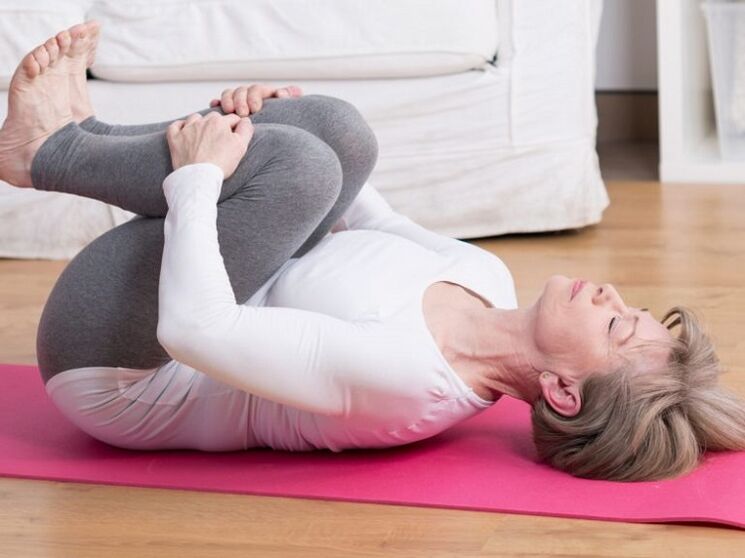
Generalized osteochondrosis
This type of disease affects not only the spine, but also the joints. Most often the shoulder and hip. Symptoms of generalized osteochondrosis are neurological in nature, in rare cases with lesions of internal organs due to impaired blood circulation.
In the hip joint, the disease is manifested by changes in the cartilaginous tissue, drying of the interstitial fluid. Over time, the joint partially and then completely loses its former mobility.

Polysegmental osteochondrosis
Manifestations of the disease are not in one, but in several parts of the body. For example, there is often a combination of defeat of the third and twelfth vertebrae - in this case, osteochondrosis will be considered polysegmental.
The therapy in this case will be exactly the same as with the standard signs of cervical or thoracic osteochondrosis. Magnetotherapy and other physiotherapy procedures have been shown to be excellent for exacerbating pain and discomfort due to polysegmental chondrosis. Now you know what types of osteochondrosis of the spine exist.
Medications for osteochondrosis
Pharmacological agents for alleviating the manifestation of osteochondrosis symptoms can be divided into the following groups:
- Anti-inflammatory drugs - to relieve symptoms of pain and swelling from the affected area. There are two types - nonsteroidal anti-inflammatory drugs and glucocorticosteroids.
- Pain relievers.
- Muscle relaxants to relieve muscle spasm.
- Chondoprotectors - drugs to improve the nutrition of cartilage tissue.
- Vitamin-mineral complexes - to restore normal blood circulation and activate metabolism.
- Drugs to improve and restore the conduction of impulses in nerve cells.
In some cases, you need to resort to diuretics to relieve swelling of the muscles and connective tissue between the vertebrae. It is strictly forbidden to prescribe drugs on your own - not only can you not cure, but also worsen the course of the disease.

Therapeutic gymnastics and physical education for osteochondrosis
Any orthopedist will confirm the importance of physical exercise in achieving remission in the chronic course of osteochondrosis.
Which sport is safe for osteochondrosis? It is better to give preference to swimming, stretching, Pilates, bending the body - those directions in which there are no sudden movements. Traumatic martial arts and weightlifting sports with osteochondrosis are prohibited. The patient should not work with a weight greater than five pounds.
Don’t underestimate the benefits of daily morning exercise. This should not be done on a case-by-case basis, but continuously. Only in this case, it will benefit the spine. Simple swings with the hands, "mill", "bicycle" - exercises, known to everyone since childhood, will help stretch the back and relieve pain. All movements must be performed as smoothly and accurately as possible to avoid injury.
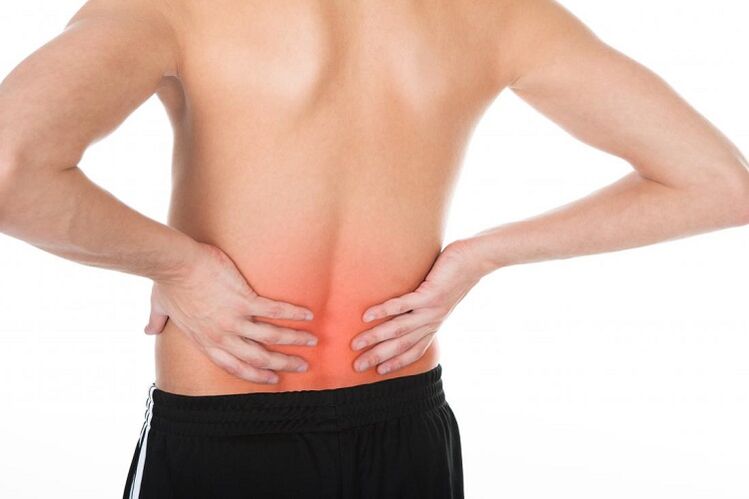
Office workers must disconnect from the computer once an hour and perform a five-minute warm-up. This will serve as an excellent prevention and treatment of existing osteochondrosis.
Massage and manual therapy
Of all the types of osteochondrosis treatment, this one is the most comfortable. Much depends on the choice of experts - both the result and the feeling. Types of massage for osteochondrosis - classical, acupressure, canned, hardware, honey.
With manual therapy the situation is more complicated. First, this procedure is painful: often patients of manual workers cannot control the cry of pain during spine manipulations. Second, if the chiropractor has no experience, this procedure can be dangerous. Choose professionals with good patient reviews, the right degree, and a wealth of therapeutic experience.

























